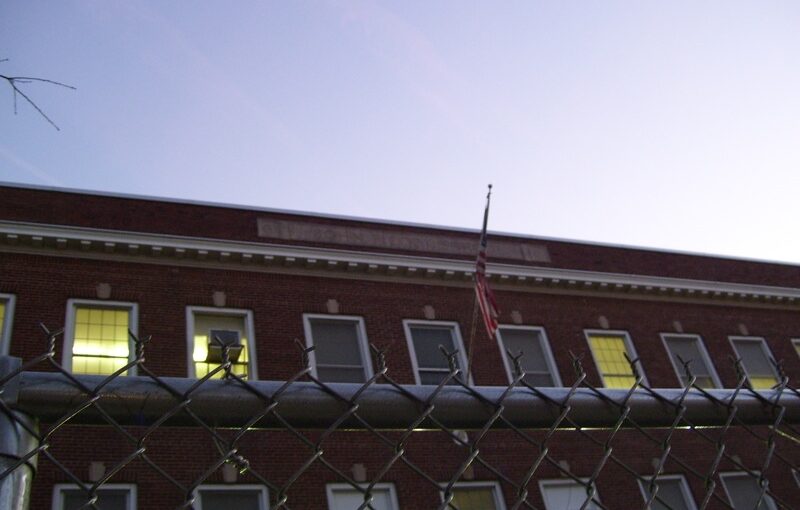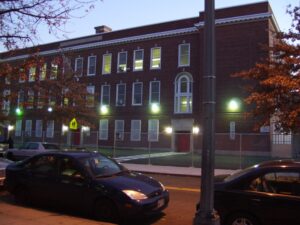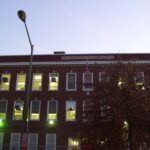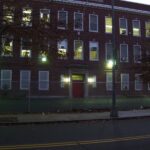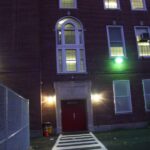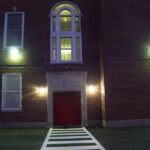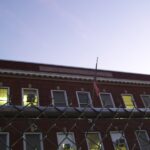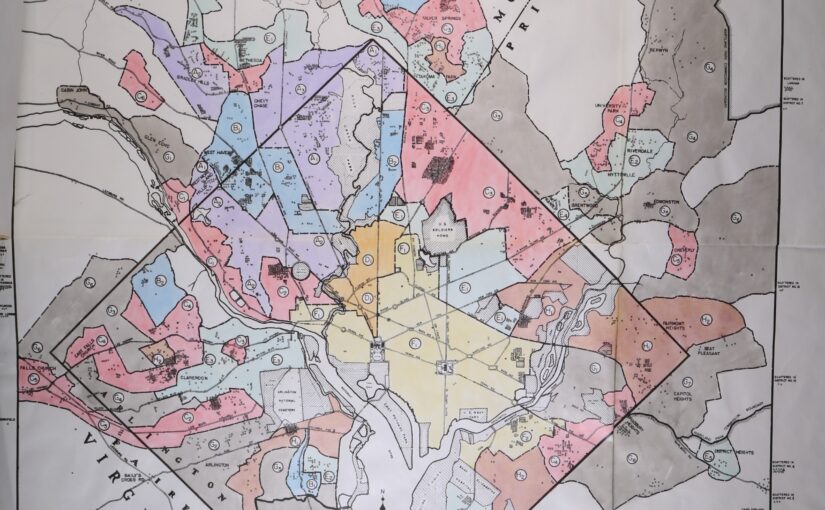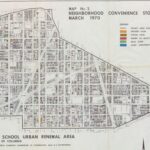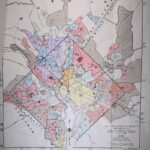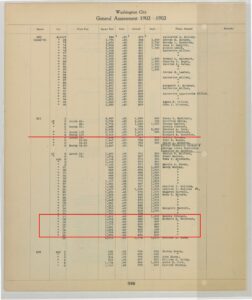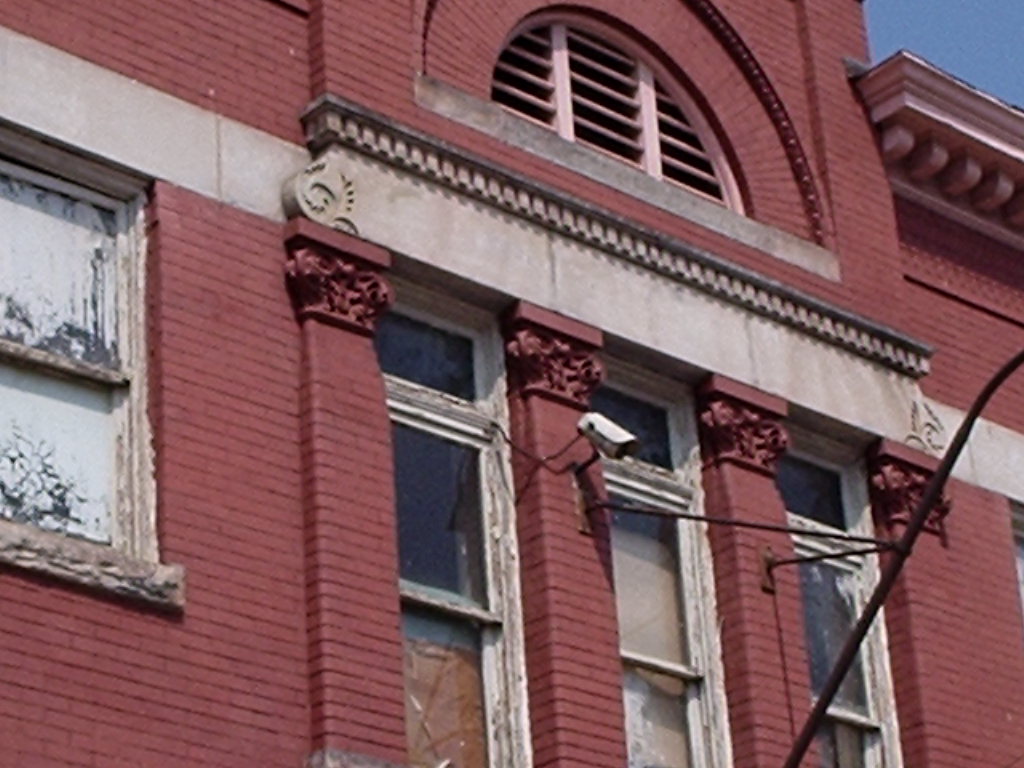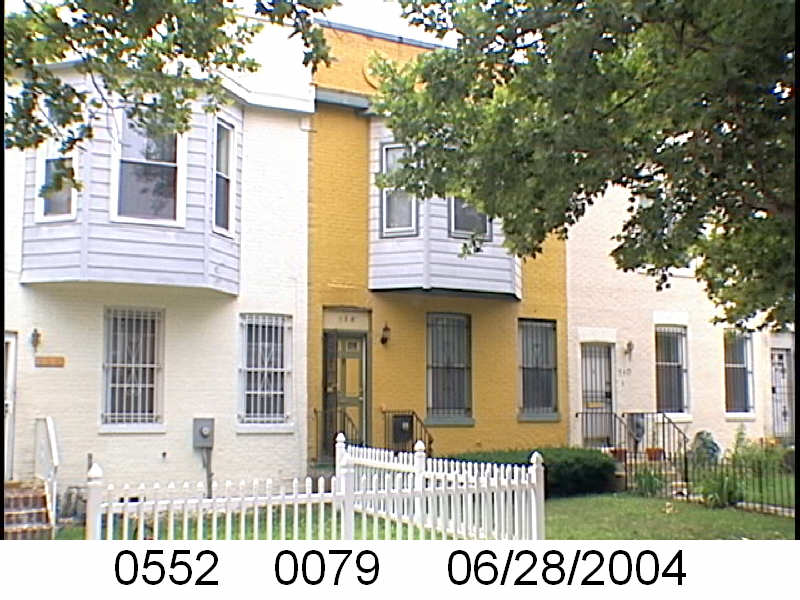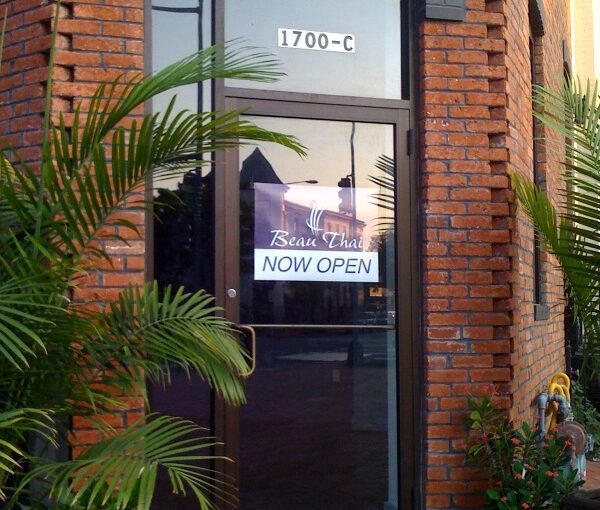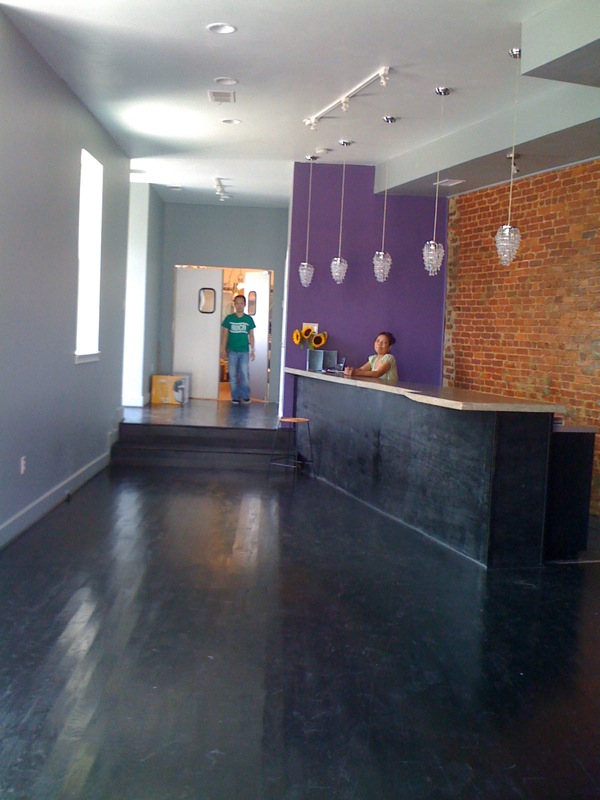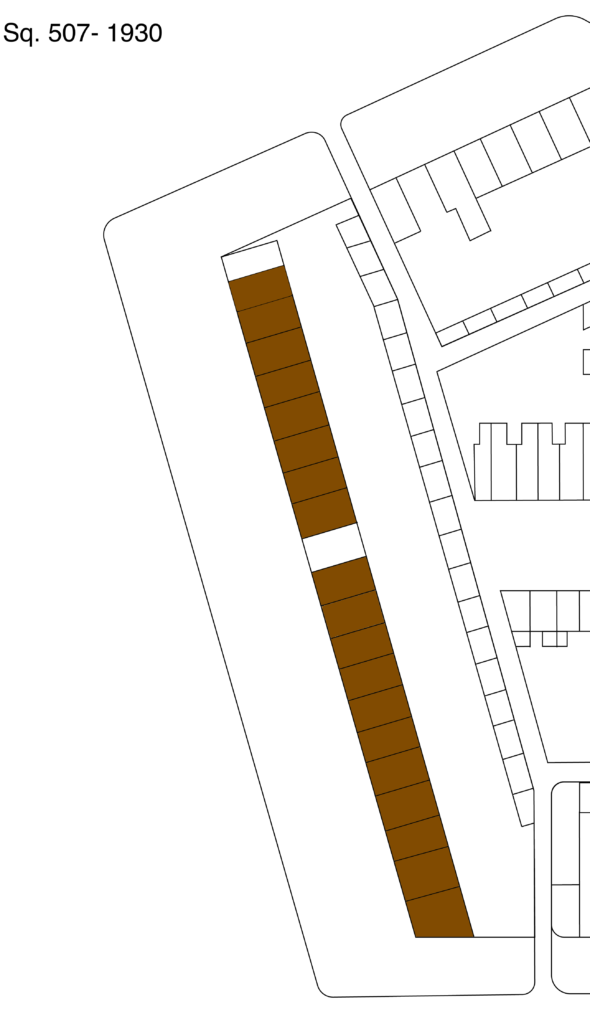
In this series of looking at the odd numbered side of the 1700 block of New Jersey Ave NW from 1920 to 1930, I decided to look at the other end of the block. The change from 1920 to 1930 for most of the block was from white renters to black home owners. My post The sell off of the 1700 block of New Jersey Ave NW pretty much explains the why.
The Renters
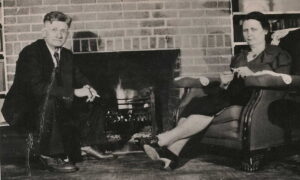
In the 1920 census the 1731 NJ Ave NW was occupied by George MacIntosh and his family. George Williamson MacIntosh was a DC born White 37 year old ice cream truck driver. He lived there with wife, Mary Ida (nee Taylor) and their four of their eventual 12 children.
George was born July 15, 1882 to Ida Virginia (nee True) and Charles Richard MacIntosh in DC. In 1900 he was a 17 year old living with his mother Ida at 3101 K St NW and a boarder.
I could not locate George’s location for 1910. So I looked for Ida. I found Ida in 1910 under another name. Ida Posey, who’d been married for 9 years but living with her parents at 1053 31st St NW with her 6 year old son and 1 year old daughter Agnes. Her father’s name looked familiar and I swore I’d seen James F. Taylor before. Then I looked at who else was in the house, 20 year old John Miller. There was a John Miller living next door in 1920 at 1733 NJ Ave, who also drove an ice cream truck. Were they some how related? Dunno. Not going down that rabbit hole.
The Owner
1731 NJ Ave NW (Sq. 507, lot 25) sold to Salvadora E. Smith by M. Harvey Chiswell September 10, 1920. She used a loan from Chiswell’s brother W. Wallace Chiswell and developer Harry A. Kite, which Smith paid off in May 2023. July 2023 Ms. Smith took out a $2,300 loan from the Washington Loan and Trust Company. It appears she refinanced in 1931, talking out at $2,500 loan, then again in 1932 for $1000, and again in 1941 for $2,500 with Washington Loan and Trust. The home was sold after her death by her will’s administrator James P. Donovan.
So who was Salvadora Elizabeth Smith? According to the 1900 census she was an African American public school teacher who was born around 1863. She grew up at 440 Massachusetts Ave NW, in downtown DC. With the exception of their father, USCT Civil War veteran Moses Smith Sr, everyone was identified as ‘mullato’ in the household. Her father worked as a printer at the Government Printing Office and her mother was a homemaker. She attended Howard University, graduating from the Normal School in 1883 (PDF).
Looking up her background, it appears she purchased 1731 as a rental or investment property. In the 1930 census she was not there, instead there were renters. Nor was she on NJ Ave in 1940. When the Evening Star announced her death in May of 1942 it said she died at her residence at 460 Massachusetts Ave NW.
She is not getting the “Black Homeowners of TC” tag as I cannot prove she lived at 1731 New Jersey Avenue.


